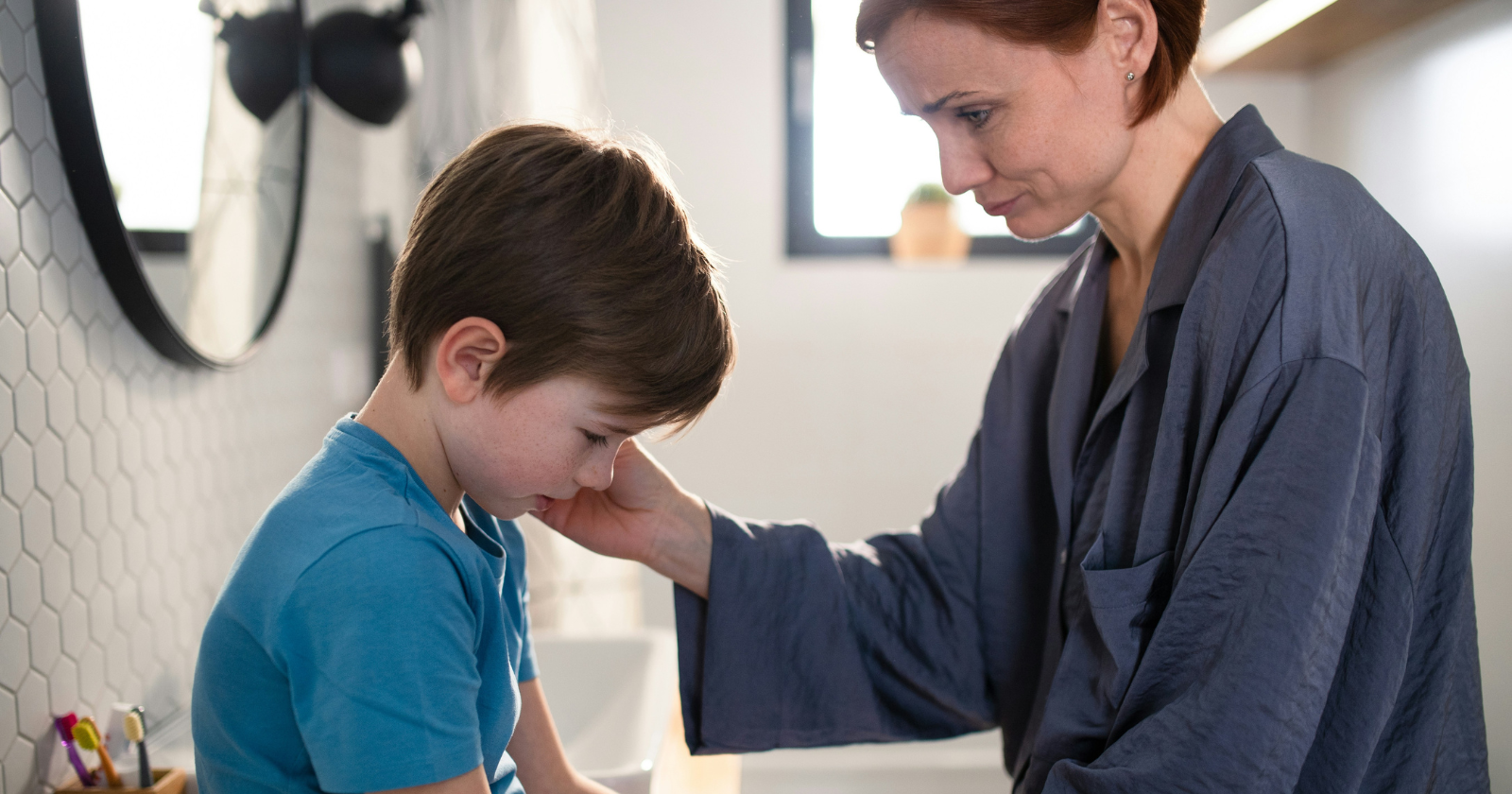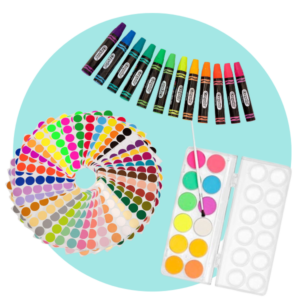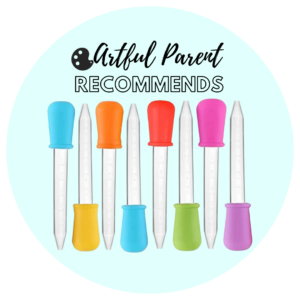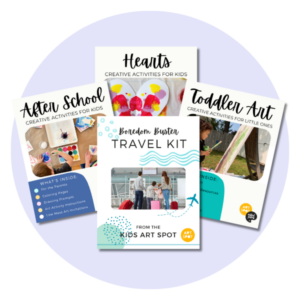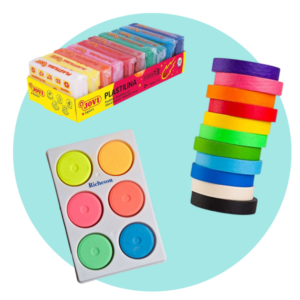Saturday morning at our house is pancake chaos. Matt flips, Milo climbs, Ellie negotiates for extra blueberries like a tiny lawyer.
Last weekend Milo tried to “help” with the batter and sent a cloud of flour over the entire kitchen. It was on the dog. It was in my hair. I felt my jaw tighten and the words gathered at the back of my throat: “You’re making me crazy.”
I caught myself. I took a breath. I handed Milo a damp cloth and said, “Big mess. Let’s clean it together.” He grinned like he’d just been promoted to sous-chef and got to work. Ellie fetched the broom. Ten minutes later we were laughing at flour handprints on the cabinet door.
That moment reminded me how quickly words can either build a bridge or a wall. When we are upset, sharp phrases tumble out fast. But our kids are still wiring their brains and learning what to believe about themselves.
What we say in the hard moments becomes the voice they carry inside later. Below are ten phrases I retired for good, and what I say instead that actually works on a tired Tuesday night or a wild Saturday morning.
1) Because I said so
This one is so tempting when time is tight, but it shuts down curiosity. I want my kids to ask questions and understand our family’s boundaries. When Ellie wants to tape art to the window, “because I said so” only invites a tug-of-war.
Try this instead: give a short reason and a simple limit. “Tape can leave marks on the glass – let’s use the cork board.” Or tie it to safety. “Climbing the counter is not safe. Feet stay on the stool.” You are still the leader. You are also showing that rules are rooted in care, not power for power’s sake.
When you do not have time for a full explanation, use a two-sentence script: “I’m saying no right now. I can explain after we get in the car.” Then circle back later. The follow-through is what builds trust.
2) You’re fine, stop crying
If a child is crying, they do not feel fine. Even if the scrape is tiny, the feeling is big. Brushing it off teaches them to doubt their own body and emotions. When Milo trips over couch cushions, my old autopilot was “You’re fine.” Now I say, “That fall surprised you. I’m here.” Once he feels seen, he calms faster.
The upgrade here is simple: name what you see and offer closeness. “Your eyes look watery. That scared you. Want a hug or a sip of water?” Validation does not mean you agree with every demand. It means you are a safe base. Kids who feel safe settle sooner and listen better.
3) Why can’t you be more like your sister or brother
Comparison corrodes connection. It also teaches kids that love is scarce and must be earned by outperforming someone else. Ellie is a detail person who loves sorting leaves by shape. Milo is a whole-body explorer who builds forts out of couch cushions. They are different by design.
A better approach is to notice specific effort or growth. “You kept trying the puzzle even when it was tricky.” Or “You shared your shovel without me asking.” When I focus on each child’s path, I get more cooperation and less rivalry. It is amazing how fast sibling warmth grows when comparison leaves the room.
4) You’re making me crazy
Kids are not in charge of our nervous systems. Handing them that job creates either people-pleasing or rebellion. On pancake mornings, I feel this one bubbling up. Instead of blaming, I own my state and set a limit.
Try: “I am feeling overwhelmed. I am going to take three breaths, then I can help.” Or pair a feeling with a boundary. “I want to read stories, and I will start when your feet are off my lap.” You keep your authority and model self-regulation. Over time, kids copy what they see – short pauses, calmer words, sturdy limits.
5) If you don’t stop, I’m leaving without you
I get it. The park departure is the Olympics of parenting. Threats like this spark fear, not cooperation, and they chip away at trust. Most of us do not intend to abandon a child in a sandbox, so our follow-through is either harmful or hollow.
Use choices and routines instead. “We are leaving in two minutes. Do you want to hop like a bunny or march like a soldier to the gate?” Follow with a gentle action step: “I will help your shoes.” I keep a simple leaving ritual too – three swings, big hug, wave goodbye to the slide. Predictability lowers the temperature for everyone.
6) Big kids don’t cry
This one slips out when we are tired. It confuses maturity with numbness. I want my kids to feel feelings and recover, not stuff them down and explode later. Tears are a pressure valve. Letting them release teaches regulation.
Say: “Tears are okay. I’m here. Breathe with me.” If you still need to hold a boundary, you can do both. “You’re upset and the answer is still no to cookies before dinner. Would you like to sit on my lap or wrap in the blanket while we calm down?” Comfort is not the same as caving.
7) You always or You never
Overgeneralizing is a shortcut that backfires. “You always make a mess.” “You never listen.” Kids hear it as a permanent identity and tune out. Plus, it is not true. No one always or never does one thing.
Describe the moment and the expectation. “Crayons are on the floor. Please put them in the jar before snack.” If the task is enormous, break it into two lanes. “You pick up blocks. I’ll stack books. Meet you at the basket.” Specific and doable beats sweeping and shaming every time.
8) I’m disappointed in you
Disappointment is a heavy feeling for small shoulders. It shifts the focus from the behavior to the child’s worth. We can correct behavior without making love feel conditional. When Ellie fibbed about brushing her teeth, I wanted to say I was disappointed. I chose a different path.
I named the action and the impact: “You said you brushed, and there is no toothpaste in the sink. Lying makes it hard to trust. Let’s try again.” Then I offered a rebuild step: “Tonight we do it together. Tomorrow you try first and show me the minty breath.” Corrections become lessons instead of labels. Trust grows because the pathway back is clear.
9) Hurry up
Sometimes we truly need to move. The problem is that “hurry up” does not teach time skills or transitions. It just adds stress. Sensitive kids freeze. Spirited kids push back. I see both in my house.
Use tools, not tension. A visual timer is magic for little brains. I set it and narrate. “When the red is gone, it is shoes time.” I also turn transitions into tiny games. “Can you find your socks before the kettle sings?” Whispering helps too. Kids lean in when your voice gets softer. If you catch yourself piling on words, switch to a simple checklist: “Jammies, teeth, book, sleep.”
10) I told you so
This one begs to be said after a natural consequence. The tower falls without a wide base. The scooter ride hurts without shoes. “I told you so” is a victory lap that teaches nothing and stings a lot.
Try curiosity and empathy. “What did you notice?” Let them say the lesson aloud, then add one safety tip. “Ouch, that pinched. Shoes next time?” When kids discover the why themselves, the learning sticks. Your job is to steady the moment, not score points.
What to say when you are about to lose it
Real life is messy. Feelings run high. Here is my five-step rescue plan for the moments when my voice wants to climb a ladder.
- Close your mouth. Seriously, pause the words.
- Put a hand on your belly or your heart – wherever your breath shows up first.
- Inhale through your nose for a slow count of four. Exhale through your mouth for a slow count of six. Repeat three times.
- Name your state out loud. “I am frustrated. I will speak slowly.” Kids learn that feelings can be noticed and steered.
- Offer one choice or one step. “Do you want to carry the small bag or the water bottle?” Simplicity is kindness in a hot moment.
If you do yell – and most of us will sometimes – repair. “I yelled. That was not okay. I am sorry. You did not make me yell. I am in charge of my voice.” Repair teaches accountability and keeps the relationship strong.
Everyday phrases that help instead
I like to keep a few lines ready, because in the heat of the moment my brain loves shortcuts. These scripts are gentle, short, and easy to grab.
- “You are safe. I am here.”
- “That was surprising. Want a hug or a drink of water?”
- “The answer is no to that, yes to this.”
- “Right now I see crayons on the floor. Crayons go in the jar.”
- “You can be mad. You cannot hit. Let’s practice stomping or pushing the wall.”
- “We are leaving in two minutes. Hop like a bunny or tiptoe like a fox to the door.”
- “I am taking three breaths. Then I can help.”
- “What did you notice? What would help next time?”
Why words matter so much
Language shapes how our kids see themselves. When we slow down and choose respectful words, we are teaching skills: naming feelings, waiting, problem-solving, repairing, and trying again. These are muscles. They grow with practice. The beautiful part is that every day offers a dozen fresh chances to begin again.
I hold two truths at once. One – boundaries matter. Two – connection matters. I can keep both. That looks like a clear no paired with kindness. It looks like structure wrapped in warmth. It looks like me stepping onto the porch for a breath while Matt flips pancakes, then coming back inside ready to speak the voice I hope my kids will hear inside their own heads one day.
Final words
If any of the ten phrases live at your house right now, you are not failing. You are human, and you are learning new habits while juggling snacks, school runs, and laundry that reproduces on the couch.
Pick one phrase to retire this week and one replacement to practice. Write it on a sticky note near the light switch. Tell your partner your plan so they can nudge you gently when old words creep back in.
I will be practicing too. I will keep choosing validation over dismissal, curiosity over comparison, limits over threats, and repair over perfection. Some days will be smooth. Some days will look like a flour explosion and a floor full of crayons. Both kinds count. Both kinds teach.
Our kids are listening, especially when life is messy. Let’s give them words that make them feel seen, safe, and capable – the kind of words that build a sturdy inner voice and a trusting relationship they can carry long after the pancakes are gone.
Related Posts
-
8 phrases people use when they're secretly trying to impress you
We’ve all been in those conversations where someone’s words don’t quite match the vibe. They’re…
-
7 phrases emotionally intelligent parents never say to their children
Some phrases tumble out when we’re late, hungry, or on our third search for a…
-
8 things in life you should always say no to if you want to keep your self-respect
One of the hardest lessons I’ve had to learn is that saying no is not…


